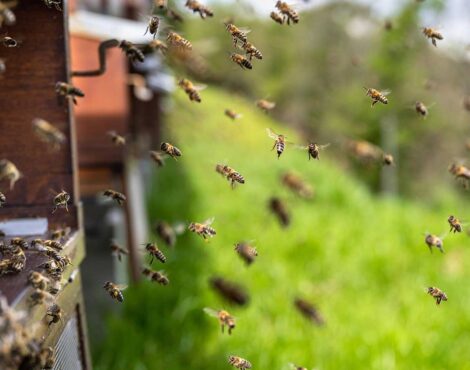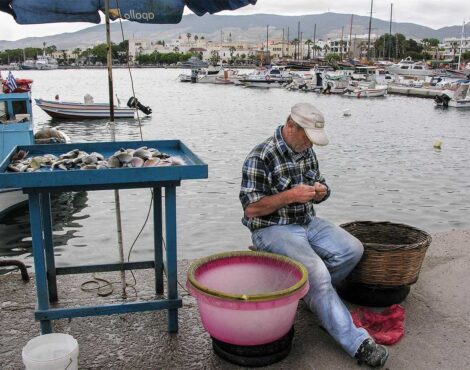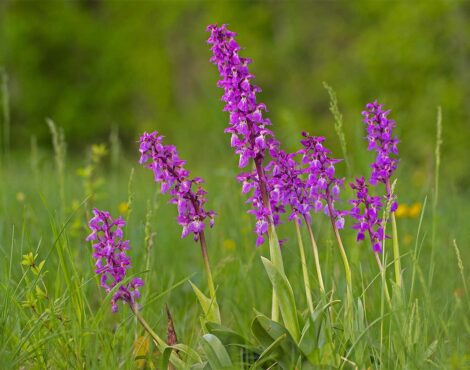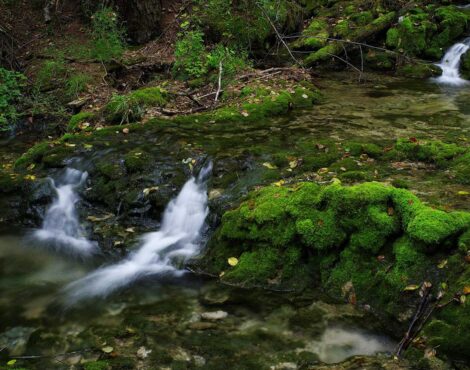From Olive to Gold: The Story Behind Corfu’s Olive Oil Presses
Across the island of Corfu, the olive tree is more than a plant. It is a symbol of life, continuity and patience. For centuries, it has shaped the landscape, the economy and even the character of the people. The silvery leaves cover the hills like waves of light, and the sound of the wind moving through them is the island’s quiet music. Behind every bottle of olive oil lies a long tradition, and every press tells a story of craft and care.
The Sea of Olive Trees
Corfu has more than four million olive trees, most of them of the Lianolia variety. They stretch across valleys and mountains, forming one of the densest olive forests in Europe. Many trees are hundreds of years old, their trunks twisted and hollow, shaped by time and weather. Farmers say these trees remember everything — the hands that planted them, the rains that fed them and the generations that lived beneath their shade.
The Harvest
Olive picking begins in late autumn and continues into winter. Families still gather to harvest by hand, spreading nets under the trees and shaking the branches gently. The olives fall with a soft sound, and the air smells of leaves and earth. The work is steady and calm, often accompanied by conversation or song. When the baskets fill, the olives are taken to the local press, where the next part of the story begins.
The Traditional Press
Old olive presses can still be found in many villages. Made of stone and wood, they tell of a time when the process was slow but sacred. The olives were crushed by a heavy stone wheel turned by a mule or by hand. The pulp was then placed in woven mats and pressed until the golden liquid began to flow. The oil was stored in clay jars or metal containers, protected from light and heat.
In some places, these presses have been restored and opened to visitors. Walking inside, you can still smell the faint sweetness of the fruit and hear the echo of the wheel on stone. The atmosphere feels timeless, as if the labor and rhythm of the past still linger in the air.
Modern Production
Today, most of Corfu’s olive oil is made in small family-run mills using modern equipment. The process is faster and cleaner but remains rooted in tradition. Farmers still wait for the right ripeness, choosing the moment when the olives give the richest flavor. The oil is cold-pressed to preserve its color, aroma and nutrients. The result is liquid gold mild, fruity and slightly peppery, the taste of Corfu itself.
Olive Oil and Daily Life
In Corfu, olive oil is not a luxury but a part of daily life. It is used in everything from simple salads to long-simmered stews. Locals drizzle it on bread, mix it with lemon for grilled fish or pour it over beans and vegetables. The flavor connects every meal to the land. Even in sweets like orange cake or almond cookies, olive oil gives warmth and depth.
Many families produce their own oil and store it in large tins, sharing it with relatives and friends. It is common for travelers to be offered a small bottle as a gift, a gesture that carries both hospitality and pride.
The Trees and the People
The relationship between Corfiots and their olive trees is deeply personal. Each family has stories tied to them a grandfather who planted a grove, a wedding celebration beneath the branches, or a harvest that fed the entire winter. The trees stand as silent witnesses to the island’s history, enduring wars, storms and changes of power. Through all of it, they have remained, steady and generous.
Olive Tourism
In recent years, visitors have begun to discover the beauty of Corfu’s olive culture. Small farms offer tours where guests can walk among ancient trees, watch the pressing process and taste freshly made oil. Some even organize picnics under the shade of centuries-old trunks. These experiences reveal that olive oil is not only a product but a way of life that connects people to nature and tradition.
The Golden Legacy
To understand Corfu’s olive oil is to understand the island itself. It speaks of patience, respect for the land and the art of living slowly. Each drop holds the memory of sun and soil, the care of the farmer and the generosity of the tree. From olive to gold, the story continues every season, turning the fruit of the island into a gift that endures.





